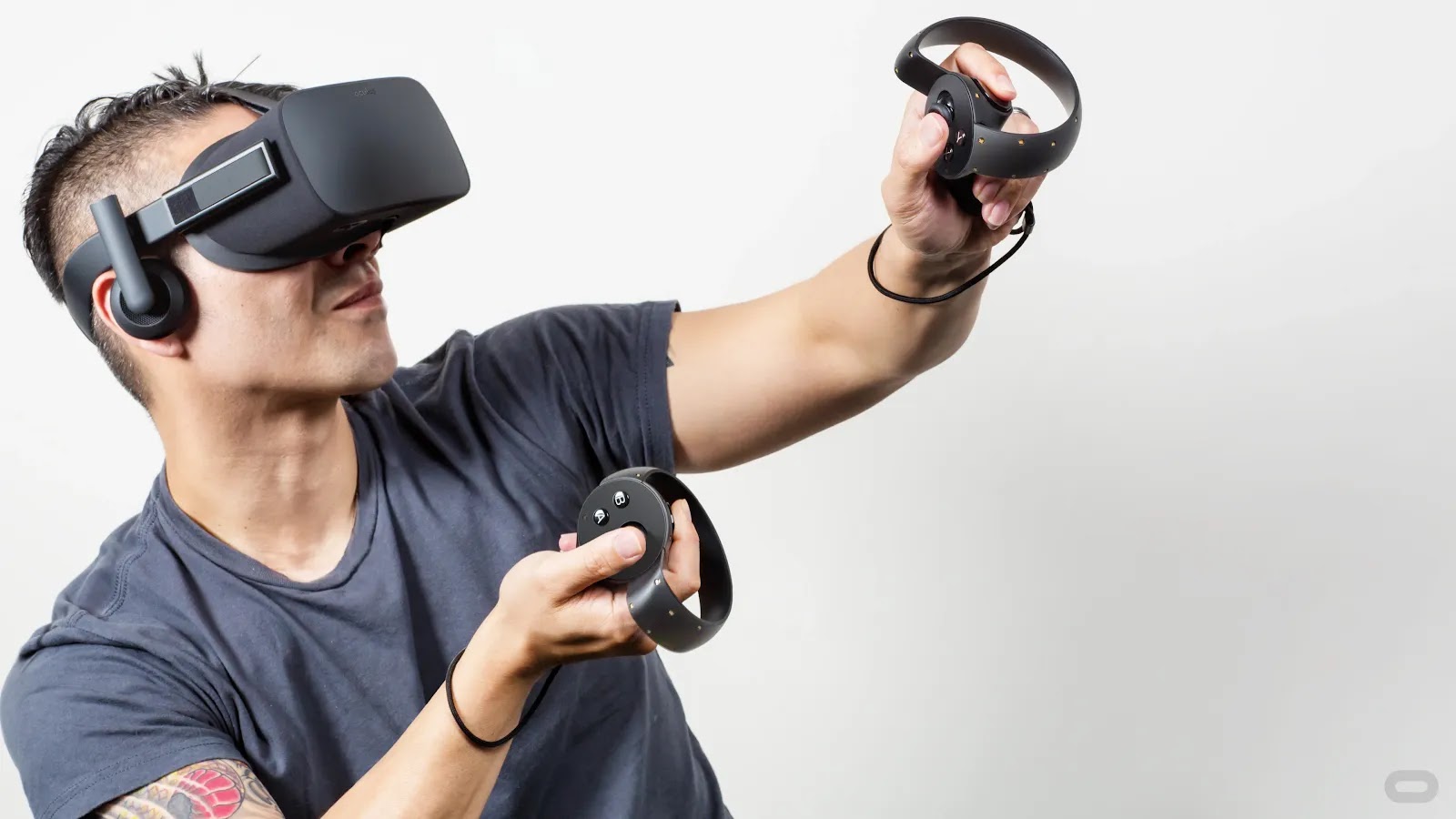A Digital Environment
A Spark of Imagination
The first idea of being transported to another world derived from a short story written in 1935 by Stanley Weinbaum. The plot of the story is about a professor, who invented a pair of glasses that allows the user to transport their five senses into a completely fictional world.
This idea of transporting oneself into a complete fictional world, sparked many minds to create a device like these glasses. The first step in the creation of a device similar to those glasses was the development of Sensorama in 1957. This device was a large arcade booth machine, where one would sit in a chair and stick their head in this dark space in the top of the machine. Sensorama would then display “stereoscopic-3D film combined with audio, moving air, vibrationsand even aromas” to simulate this virtual reality experience.

This was revolutionary and was immediately taken in by the military as being able to simulate a least a small experience of what war would be like could better prepare them. Thus, VR while primitive was engineered by Thomas Furness (a military engineer) to be a flight simulator of sorts to simulate G-force while being in the cockpit high in the sky with all the buttons in the plane. It gave those not yet ready to fly a pair of digital wings to help them become a better pilot without the risk of flying ill prepared. With the military now interested in the development of this technology more and more money was funded into the development of this device.
Leave it too the Gamers
The military was not the only people interested in this new technology. The gaming industry took this idea and began running with it. In 1995 the first home VR headset was created by the Nintendo company, and it was called “Virtual Boy”.
This device was rather weird and very difficult to use, but it was a step in the right direction. People could play very simplistic 8-bit games (which were also incredibly red and hurt your eyes easily, but we won’t focus on that) as well as certain films that were developed and ported to work on the device. While the creation of more powerful VR headsets was far from being created, the people’s hope never gave in.
Thus 17 years later a Kickstarter campaign began for the funding of the Oculus Rift VRheadset. Which was funded in less than 24 hours of being posted. This was the idea that sparked the several other types of VR headsets. Furthermore only two more years later and Zuckerberg had purchased the Oculus Rift license for $2 billion dollars. After these purchases more and more companies began producing their own VR devices. Sony’s PlayStation, Samsung, and even Google all wanted a piece of this virtual world.

The Legacy of VR
The creation and eventual development of the VR device has had a massive impact on the world. Its versatility has been able to benefit many, who utilize it. Take a look at the info graphic bellow explaining a few of its uses.
Being able to place oneself in other shoes virtually has helped many better understand one another, it has allowed certain people with (specific) disabilities be able to feel what it is like to not have the specific disability. It has benefited employees better handle their job. The impact of this technology is immense, and it can only grow from here on out. Furthermore, to be a little more relevant to today. When COVID-19 had plagued our society and we were stuck in doors, VR allowed us to escape those four walls and go anywhere we wanted and virtually be anyone we want to be. It was and still is a freeing experience for many.
The future of the technology is endless. There is no limit to what the newer iterations of the headset could be. While the VR technology from the book/movie Ready Player One might be a stretch of the possible ability of VR, we might be able to get pretty darn close. After all its only been 70 years since the creation of the first VR gear and look where it is at now. Just imagine in another 70 years where this device could be. The possibilities are endless and it is incredibly exciting to see what happens next in the field of VR technology.




No comments:
Post a Comment